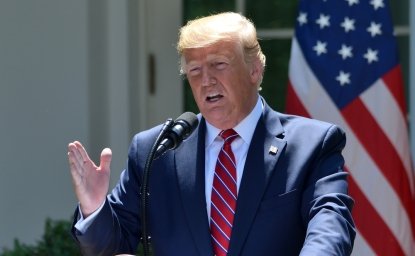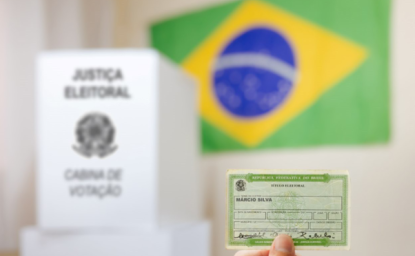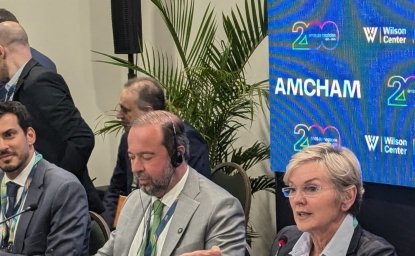
A blog of the Brazil Institute
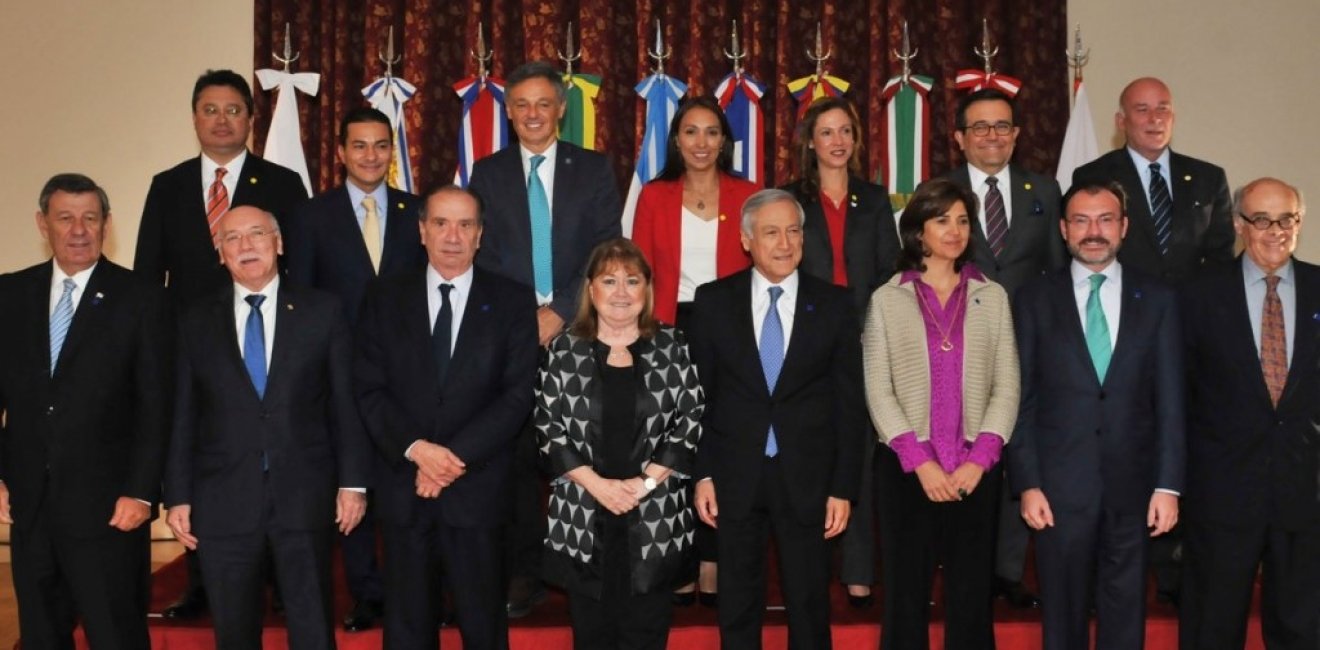
Contrasting with protectionist rhetoric in the United States and across the developed world, eight of Latin America’s largest economies have signaled their commitment to greater regional trade integration. On April 7, ministers of finance and foreign affairs from the countries that comprise Mercosur (Brazil, Argentina, Uruguay, and Paraguay) and the Pacific Alliance (Mexico, Chile, Colombia, and Peru) met in Buenos Aires to discuss a possible agreement and strengthening of ties between their two trade blocs.
At the meeting, the leaders established a roadmap toward integration, which included periodic meetings between the Pacific Alliance’s High-Level Group (GAN) and Mercosur’s Common Market Group (GMC) as well as working groups to discuss trade facilitation and promotion, customs cooperation, support for small- and medium-sized enterprises, and identification of possible regional value chains. They also committed to holding a seminar on the benefits of integration and to coordinating together at the 11th World Trade Organization (WTO) Ministerial Conference in December 2017 to achieve concrete results that support their common interests and allow negotiations to advance.
Finally, in response to the developed world’s recent pushback against trade liberalization, the participating nations reiterated their commitment to an open, transparent, inclusive, and rules-based system of multilateral trade.
The meeting marked the first time integration between the two blocs had been discussed at the ministerial level and, given the number of countries involved, is arguably the most important trade meeting to occur in the region since the failure of the Free Trade Agreement of the Americas (FTAA) in 2005. Brazilian Foreign Minister Aloysio Nunes noted the importance of the meeting, remarking that “the convergence between Mercosur and the Pacific Alliance could mean the birth of a new dynamic pole of the world economy.” Argentina also expressed support, with Foreign Minister Susan Malcorra stating that Mercosur’s primary objective “is to send a clear signal of compromise” demonstrating that its countries are “interested in finding mechanisms for mutual benefit.” Mexican Secretary of Economy Ildefonso Guajardo Villarreal remarked that “very few times in history does the stage align as it is aligning today” and Chilean Foreign Minister Heraldo Muñoz called the meeting “an important milestone for Latin American integration.”
According to many observers, the consensus achieved among the eight countries that have in the past disagreed on trade policy stems from important recent political and economic shifts. The first is the assumption of power in Brazil and Argentina by right-leaning, business-friendly presidents. Since the 1990s, differences in economic ideology have bifurcated Latin America and led to the creation of competing subregional groups. According to Cintia Quiliconi, Mercosur, led primarily by Brazil, consists of many of the countries that over the past 20 years have elected left-leaning governments advocating an activist and neo-developmentalist role for the state. These policies have put them at odds with the countries comprising the Pacific Alliance, which have retained a neo-liberal economic outlook and strengthened ties with the United States via bilateral free trade agreements.
According to former Brazilian Ambassador to the U.S. Rubens Barbosa, as recently as 2014 a lack of interest on the part of then-Argentine President Cristina Fernández de Kirchner and then-Brazilian President Dilma Rousseff caused similar talks between the Pacific Alliance and Mercosur to fall through. Countries on the other side of the continent were willing to talk, however, as Chile’s Foreign Minister Heraldo Muñoz published an opinion piece in March of 2014 articulating his country’s new policy toward regional integration, in which he said Chile was willing to set aside differences and find “convergence in diversity.” Since the election of Mauricio Macri in Argentina and the replacement of Dilma Rousseff by Michel Temer in Brazil, Mercosur’s trade policy has become more ideologically aligned with its Pacific neighbors, and both sides have agreed to come to the table.
The shift in trade ideology in the United States is also a determining factor: as Trump threatens to renegotiate NAFTA and pull the United States back from its international trade agreements, the countries of the Pacific Alliance are looking elsewhere for market access. Their close integration with the United States, particularly on the part of Mexico, leaves them vulnerable to Trump’s isolationist threat and therefore more willing to compromise with Mercosur countries than in the past.
Slow economic growth across the region, and particularly in Brazil and Argentina, has also made negotiations more palatable for both sides. Argentina is facing recession, high unemployment, and stubborn inflation that reached 40 percent at the end of 2016. Brazil threatens to enter its third year of negative economic growth and its economy remains one of the least connected to global trade in the world. South America’s two largest economies need to jumpstart their growth, and they see opening up Mercosur to the Pacific Alliance, particularly because of access to the Mexican market, as a way to do just that.
This inverse relationship between regional integration and economic growth is not new: as Gabriela Lomeu Campos observes in her “From Success to Failure: Under What Conditions Did Mercosur Integrate?”, Brazil tends to look to integration as a way to improve its economy during periods of slow growth, but then neglects integration when success leaves it less necessary. She notes that from 1990-1999 Mercosur integration and intraregional trade consistently increased, largely as a result of Brazilian leadership while its economy was struggling. After 1999, however, Brazil’s increased economic growth and the perception that it was now a “global trader” no longer reliant on the Latin American market caused a period of declining integration in the bloc.
Now that Brazil’s economy is experiencing its largest recession in history, it makes sense that its leaders again turn to integration as a solution. Campos also argues, however, that due to the highly centralized presidential systems of most Latin American countries, for countries to cooperate and achieve integration, leaders need to possess adequate legitimacy to lead. Brazil’s President Temer has faced low approval ratings since taking office last year, but his negotiating skill has still allowed him to work with Congress. Recent revelations about his alleged ties to corruption, however, have sparked widespread calls for impeachment and halted his legislative agenda. Even if Temer manages to serve out the rest of his term, his political paralysis threatens to obstruct the Pacific Alliance negotiations. If he does not survive, a successor less open to economic liberalism could pull Mercosur away from the table entirely.
A possible Mercosur-Pacific Alliance agreement would mark a unique convergence in Latin American economic ideology and signal a clear departure from the global north’s march toward protectionism, demonstrating the divergence that still exists between the developed and developing worlds. Deep political uncertainty in the region’s largest economy, however, risks interrupting this moment of cooperation. That said, the economic fallout that Temer’s ouster could generate might leave a successor with little choice but to pursue any and all options to spur growth; therefore, integration may be safe after all.
Image by Pacific Alliance
Author

Explore More in Brazil Builds
Browse Brazil Builds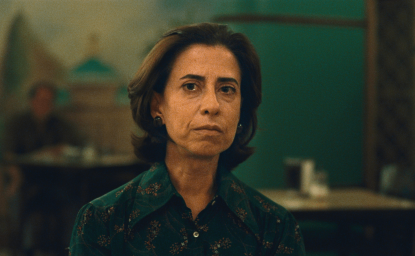
They're Still Here: Brazil's unfinished reckoning with military impunity
